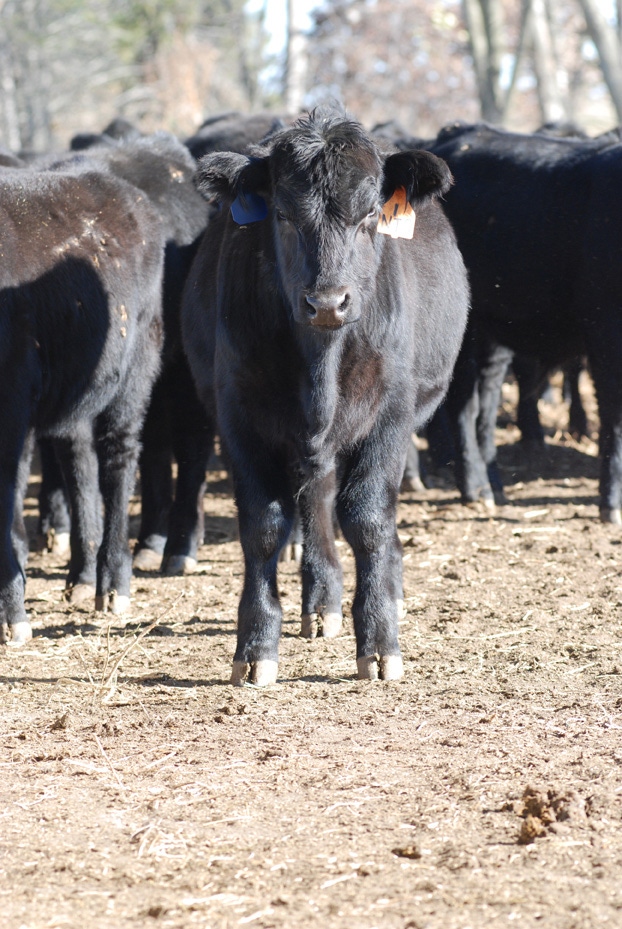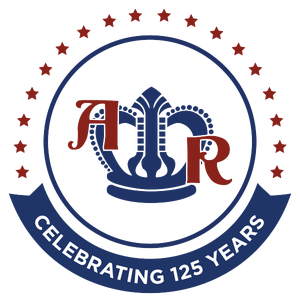Poor hay and forage quality due to unusual weather conditions experienced this spring and summer will require extra attention for replacement-heifer development.
October 1, 2011

Poor hay and forage quality due to unusual weather conditions experienced this spring and summer will require extra attention for replacement-heifer development.
University of Florida beef researchers compared two program feeding methods intended to control feeding costs for Angus and Brangus beef replacement heifers over a two-year period. Each year, heifers were fed free-choice, coastal bermudagrass round-bale silage and free-choice mineral with supplemental dry distillers grains (DDGs) fed either continuously (group A) or fed only during the second half (group B) of the 140- to 174-day growing periods.
Heifers in both groups were fed DDGs to attain similar body weight at the end of the growing period and beginning of the breeding season. In Year 1, the round bale silage contained 54% total digestible nutrients (TDN), far below expectations, and 62% TDN in Year 2.
In Year 1, when forage quality was poor, the heifers in group B lost weight during the first half of the growing period and were unable to compensate weight gain during the second half despite being fed 1.5 times additional DDGs. Weight at the start of breeding was 771 lbs. and 684 lbs. for group A and B heifers, respectively.
The lack of nutrition and inadequate weight gain were negatively reflected in the reproductive parameters of group B. Heifers having reached puberty at the start of breeding (33% vs. 7%), pregnancy rate following a 30-day artificial insemination period (83% vs. 56%), and overall pregnancy following an additional 25-day bull exposure (93% vs. 66%) were greater in group A compared to Group B.
In Year 2, when forage quality was more normal, heifers in group B were again unable to fully compensate for lower gain during the first half of the growing period when only forage and mineral were fed. Year 2 weight at the start of breeding was 812 lbs. and 755 lbs., respectively, for group A and B.
Although group B was closer to group A in weight, early conception of group B was again reduced, (73% vs. 53%). However, the overall pregnancy rate between group A and B was not different, (80% vs. 87%, respectively).
Breed and breed type did not affect the response to feeding treatments in these studies.
These trials reinforce the importance of nutrition and weight gain in replacement-heifer development prior to the start of the breeding season to induce puberty and increase pregnancy rates. Excessive control of feed costs by decreasing the number of days and total amount of DDGs fed cost dearly in early heifer pregnancy rate, and perhaps longevity of later calving heifers in this Florida herd.
It is well proven that females that calve early as heifers will calve early throughout their lives. Forage testing performed well in advance of heifer development would have allowed for more accurate ration formulation and adequate gain, especially during Year 1.
In a related study, the Florida researchers compared feeding DDGs daily (D) vs. three times weekly (3X) to replacement heifers. Heifers were offered free-choice bermudagrass round-bale silage plus ½ lb. of soybean meal. The D heifers were fed 2 lbs. of DDGs daily, while the 3X heifers were fed 4 lbs. of DDGs on Monday and Wednesday and 6 lbs. of DDGs on Friday.
Daily gain wasn’t different between D and 3X fed heifers (1.82 lbs. vs. 1.79 lbs./day). Synchronized and 30-day artificial insemination pregnancy rates were also similar for D and 3X heifers, (43% vs. 57%) and (63% vs. 70%), respectively.
Scott B. Laudert, Ph.D., is a beef cattle technical consultant and former Kansas State University Extension livestock specialist based in Woodland Park, CO.
View the complete studies at:
http://www.asas.org/southern/2009/09Abstracts.pdf -abstracts 87 and 88
http://www.asas.org/abstracts/ASAS_Sectional_Abstracts_2010.pdf - abstracts 79 and 80
You May Also Like



